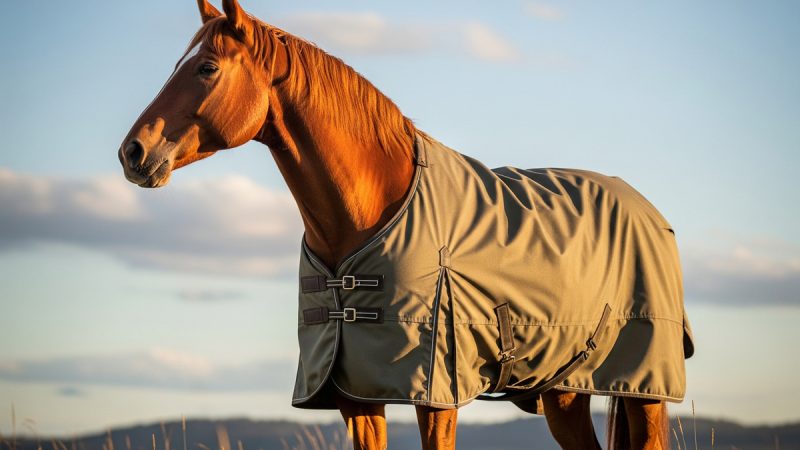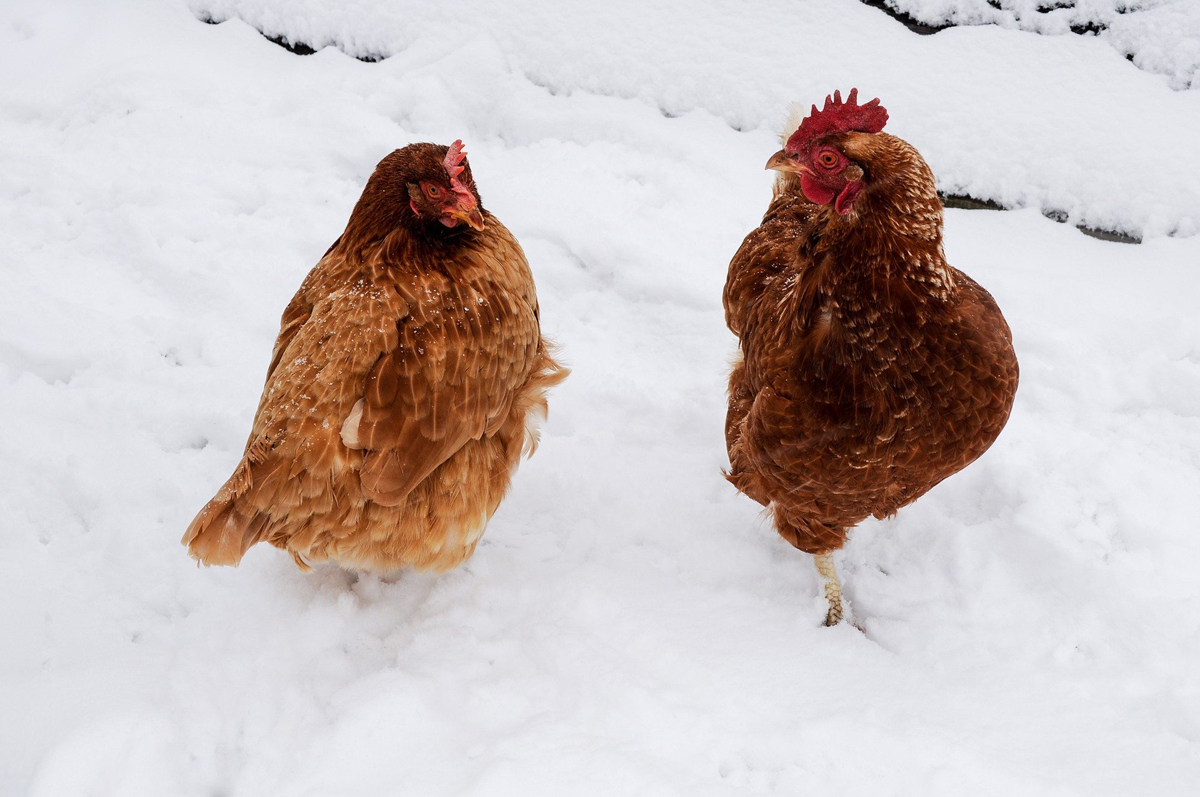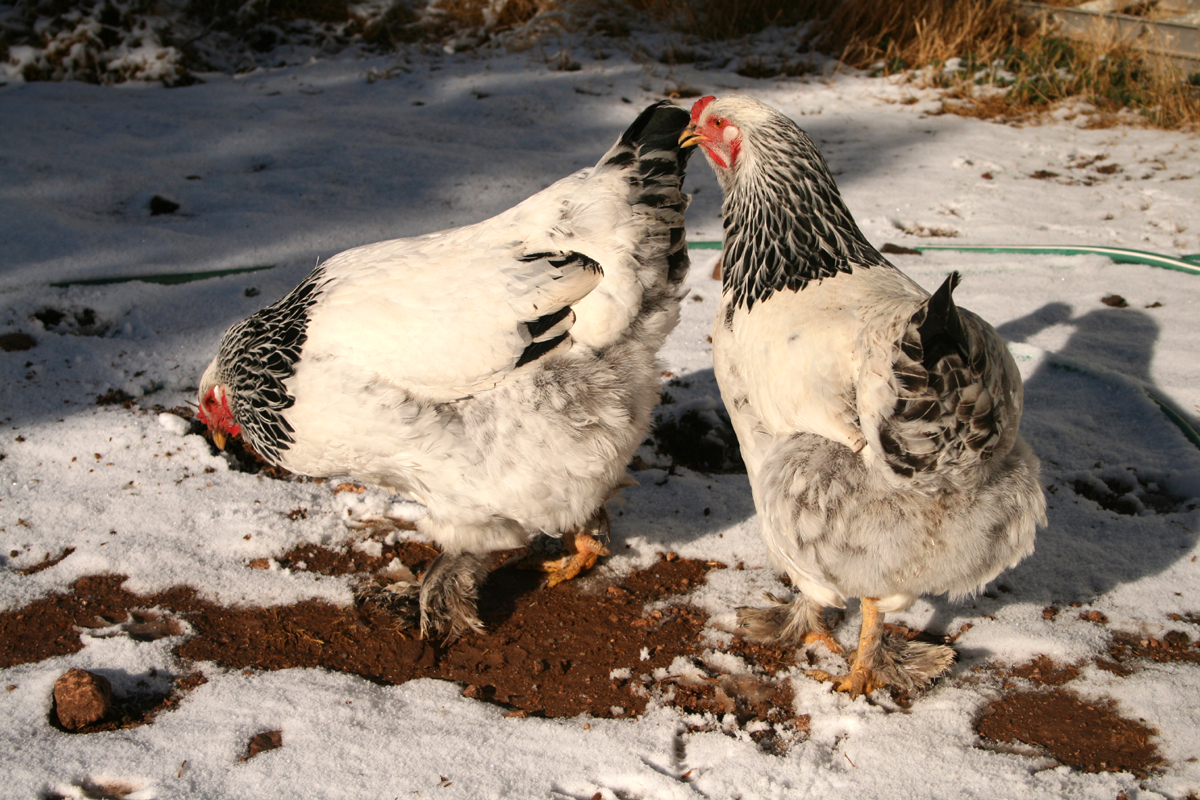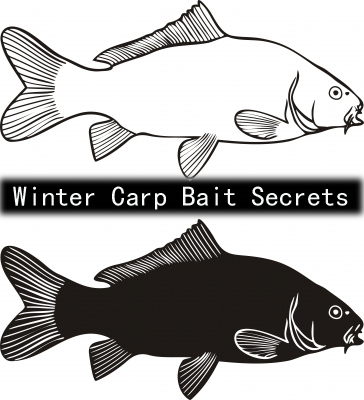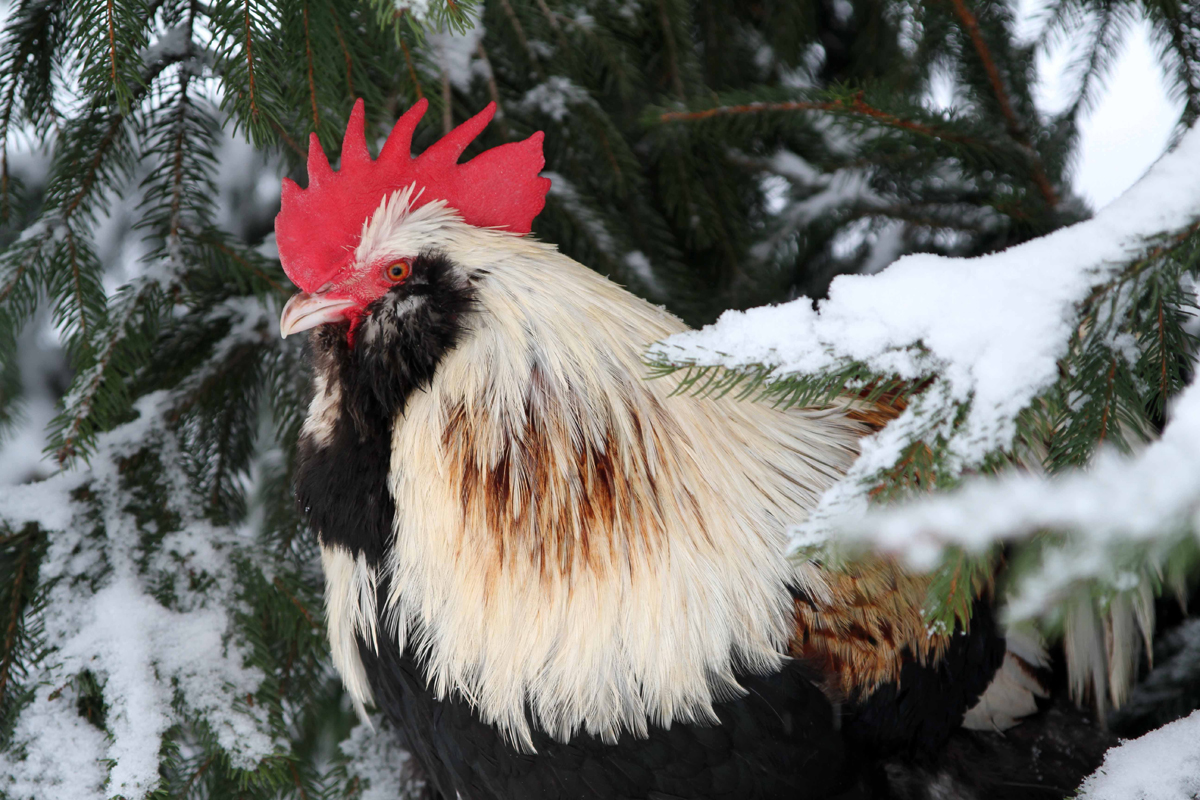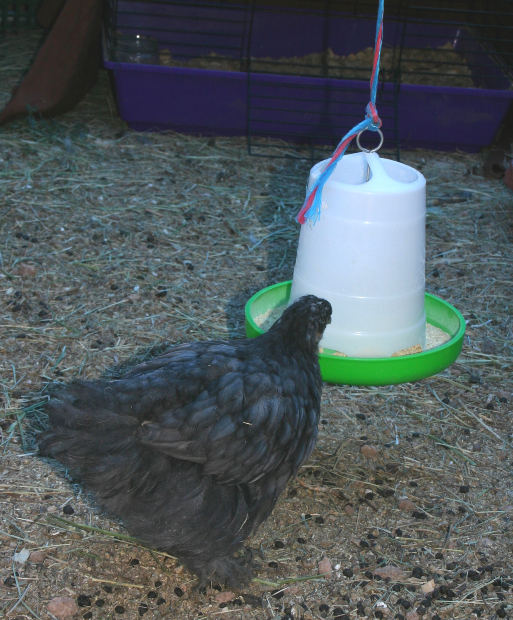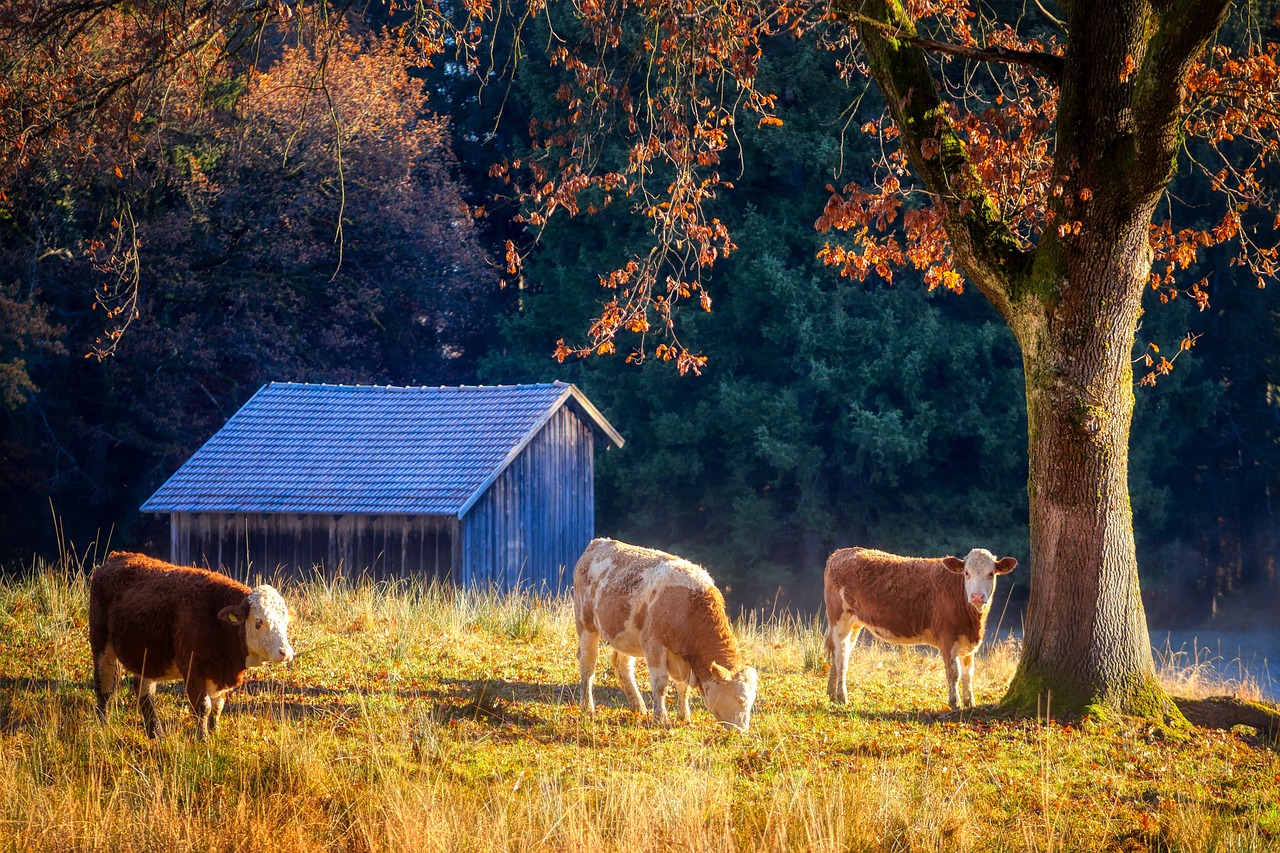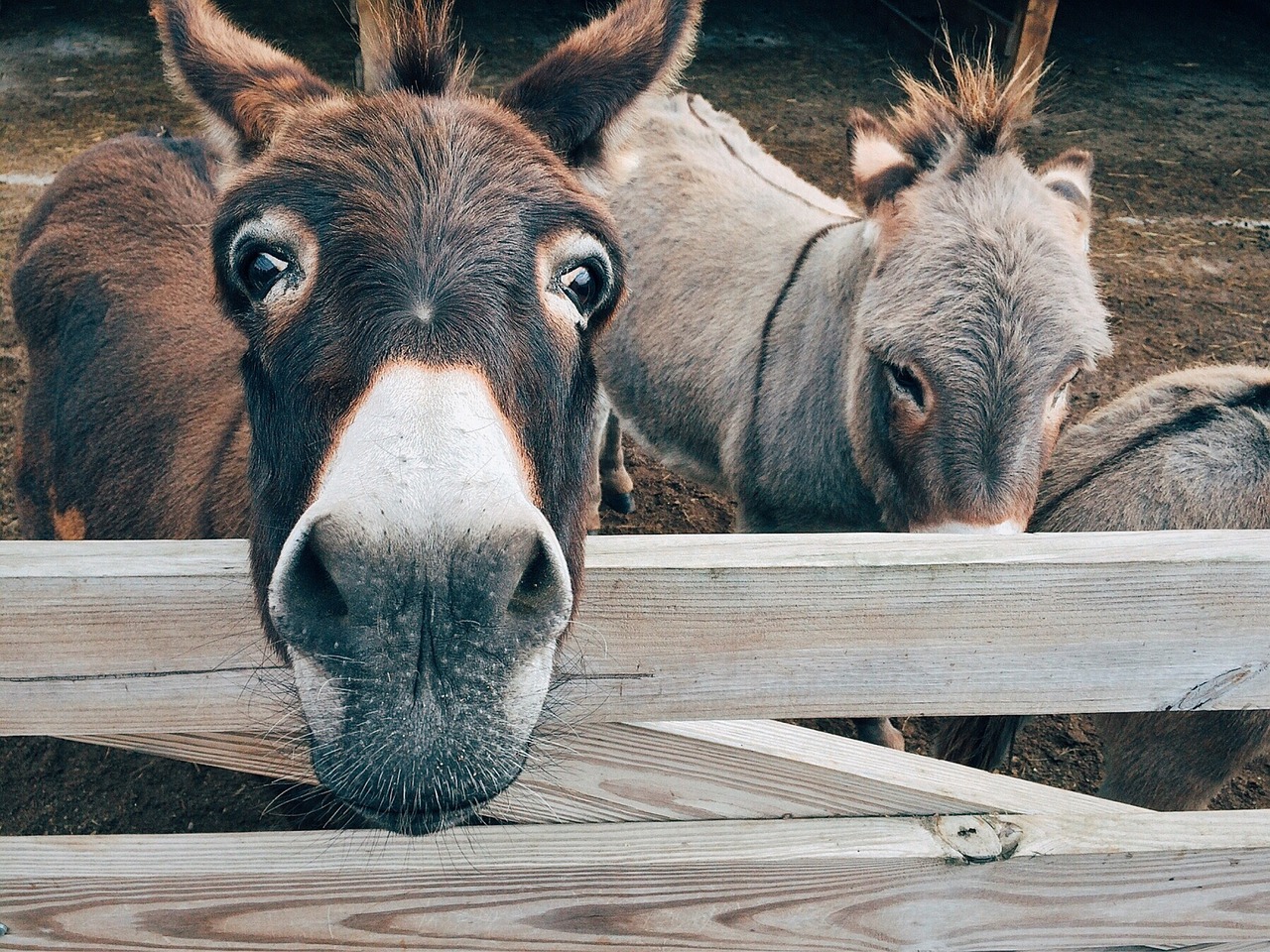Rattlesnakes on the Homestead – Small Predators for Any Size Prey
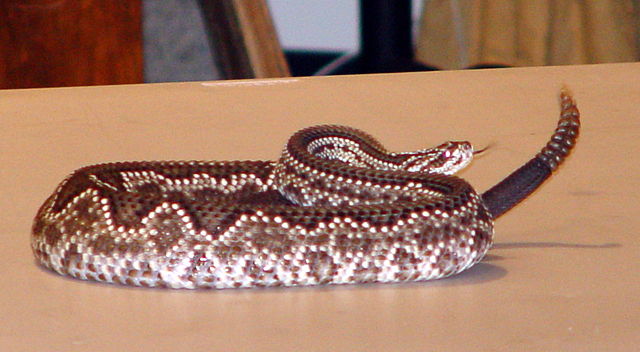
Rattlesnakes can be a problem for the homesteader, but they’re also relatively easy to deal with. The key to success when you’re in snake country is being “heads up,” and maintaining a defensive posture. The problem with poisonous snakes is that they really don’t care how large you are, they’ll bite you if you appear to be a threat or violate their “air space.” The big problem for the homesteader is pets, animals and children who aren’t aware of the danger and aren’t keeping an eye out for these uninvited co-inhabitants.
First of all, there are various kinds of rattlesnakes you might run into. Smaller rattlers like the Massasauga can be found in places like Michigan and Ontario. Diamondback rattlers are common in the southeast and southwest U.S., and Timber rattlers are common in places like the foothills of northern California. Sizes, colors and markings even among the same type of rattlesnake can vary, but most share some common traits that we should be aware of.
Snakes are cold-blooded animals, so they move slower in cold weather and like to find places to sun themselves. Some favorite spots for snakes are rocks and logs to perch on for sunning, hiding out in tall grass, and taking shelter in and under things like piles of rocks and wood, and hollow logs and culverts. If it’s a quiet area, snakes will hang out in the open as well, so it’s best to keep your eyes peeled while you’re strolling around.
Rattlesnakes naturally don’t want to be around people. If there is noise and traffic, the snakes will prefer other places to hang out. Unlike some pit vipers in the southern U.S., I’ve never heard of a rattler seeking out a person in order to attack. They generally are interested in being left alone – but don’t count on it. If you see one, keep your distance and keep your eyes on it until you are well on your way out of the area.
The location of rattlesnake hangouts is often known by locals. In my part of southeastern Wyoming, there are no snakes at all, but just 40 miles east of me is a haven for rattlesnakes along the pine covers bluffs between Wyoming and Nebraska. Even there, the locals know about brush piles, bends in the road and specific canyons that are notorious for rattlers.
Rattlesnakes are big consumers of small animals, and rodents are perhaps their favorite. Medium size rattlers can have half a dozen or so mice in their digestive tracts at any given time. So, they serve as a good means of control for other pests. One way to dissuade snakes is to take their natural source of food and move it away from where you live. Unfortunately that doesn’t always work because where grain from chickens and livestock attract mice, the snakes are sure to follow.
Unlike other animals, a big rattlesnake doesn’t necessarily present a big problem, as baby rattlesnakes are known to inject all of their venom into their prey (or adversary), presumably based on their inexperience, instead of just injecting what’s needed to stun the animal. I’ve heard more than a few stories of people who didn’t have enough sense to stay away from that cute little rattler in its youth. One young man in California found a baby rattler and kept it in an aquarium in his home. There’s not much of a story to tell about this “odd couple” simply because the baby snake gave him a double fang kiss on the lips one day, and now the young man isn’t around to tell his side of the story.
If you know that snakes share places that you consider to be home, then high boots and thick work pants are two ways to help protect against accidental bites. Keeping your eyes open and giving these creature wide berth are also good methods. Assume that a snake can strike a distance equivalent to the entire length of its body, and then stay back at least twice that distance for minimal safety. Don’t count on them rattling to forewarn of a strike, be aware that they can move quickly even though they have no legs, and don’t underestimate the speed of a strike – it’s faster than you can move, and that’s all the advantage the snake needs to pierce you with its fangs.
The Author:
Clair Schwan is managing editor focused on self reliant living. Part of his skill and knowledge base involves knowing about homestead animals and the predators they face.
Source: EzineArticles.com

